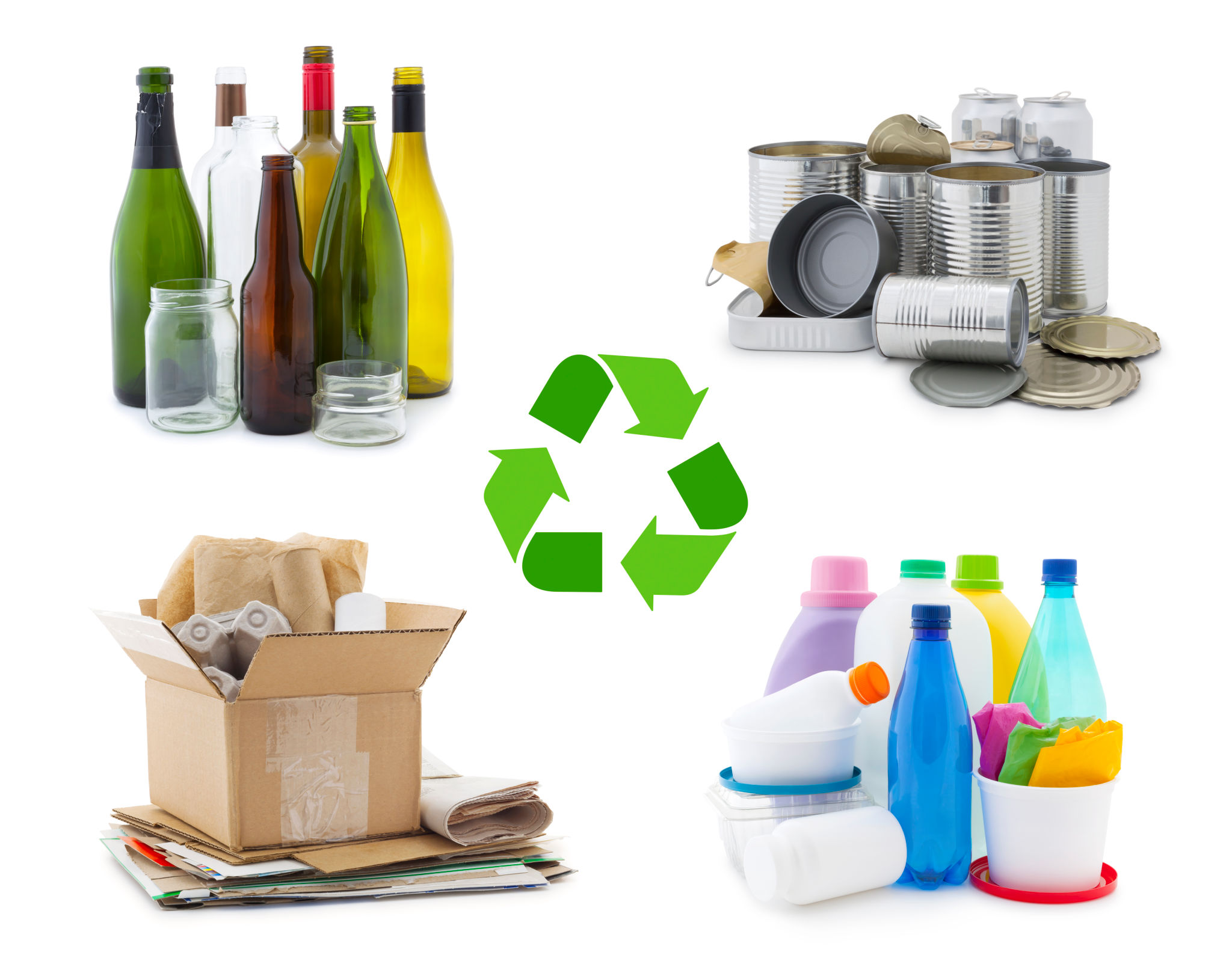Myths About Clothing Recycling Debunked
Understanding Clothing Recycling
Clothing recycling is a significant step towards sustainable fashion, yet many misconceptions surround this practice. These myths often deter people from participating in recycling efforts, leading to a greater environmental impact. This blog post aims to debunk some common myths associated with clothing recycling, encouraging more informed and effective participation.

Myth 1: All Recycled Clothes Are Resold
One common misconception is that every piece of recycled clothing is sold in second-hand stores. While a portion of recycled garments does find its way to thrift shops, the reality is that only a small percentage is resold as wearable clothing. The rest may be repurposed into industrial rags, insulation materials, or even new fabric fibers.
Recycling facilities often sort clothes into different categories based on their condition and material type. This sorting process ensures that each item is utilized in the most efficient way possible, reducing waste and conserving resources.
Myth 2: Clothing Recycling Is Inefficient
Some people believe that recycling clothes is inefficient and does not significantly contribute to environmental conservation. However, clothing recycling plays a vital role in reducing landfill waste and conserving resources. The process helps save water, reduce energy consumption, and decrease the need for raw materials in textile production.

Moreover, advancements in textile recycling technology are continually improving the efficiency and effectiveness of recycling processes. These innovations are paving the way for a more sustainable future in the fashion industry.
Myth 3: Damaged Clothes Cannot Be Recycled
Another myth is that only clothes in good condition are suitable for recycling. In truth, even damaged or worn-out clothing can be recycled. Facilities have the capability to process textiles that are no longer wearable by breaking them down into fibers for reuse in new products.
- Old jeans can become insulation material.
- Worn-out t-shirts might be transformed into cleaning cloths.
- Tattered fabrics can be processed into new textile fibers.

Myth 4: Recycling Labels Are Confusing
The belief that recycling labels are too complicated can discourage people from recycling their clothes. However, most recycling programs have simplified their guidelines to make participation easier. It's essential to learn what your local facilities accept and how they prefer items to be prepared for collection.
In many cases, a quick check of the label or a visit to the facility's website can provide all the necessary information for effective recycling. Community initiatives and educational programs also help raise awareness and clarify any confusion regarding recycling practices.
The Importance of Debunking Myths
By debunking these myths, we can foster a culture of sustainability and encourage more individuals to participate in clothing recycling. Understanding the true impact and processes involved can empower people to make environmentally friendly choices.
The fashion industry has a significant environmental footprint, but through collective efforts in recycling and sustainable practices, we can work towards substantial positive change. The more we learn and share accurate information, the closer we get to a more sustainable future.
